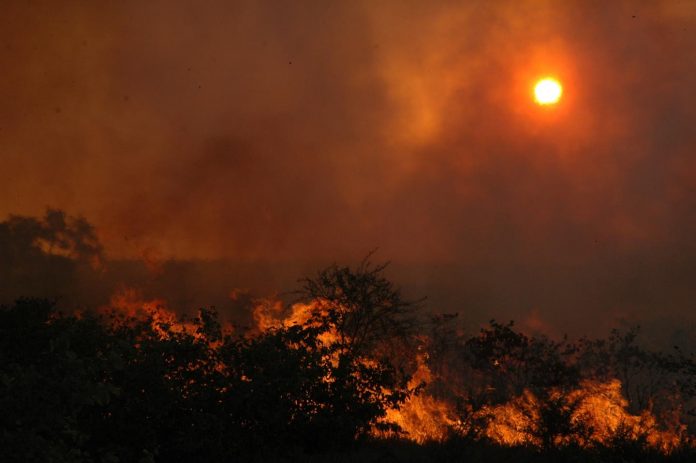After going through decades’ worth of data, scientists at the University of Cambridge look at the impact of wildfires on global ecosystems – from carbon dioxide emissions to the resilience of trees
Wildfires are increasingly making global headlines, as communities remain suspended in a state of fear. The impact of wildfires on local livelihoods and ecosystems is universally devastating.
Kristy Dahl, senior climate scientist at the Union of Concerned Scientists (UCS), wrote about the sinister normality of wildfires: “For my children, who have grown up in this state, it is normal to see ash raining down from metallic yellow skies in July. It is normal to have recess indoors because the air is unfit for little lungs.”
Recent research has explored how human populations react to the damage of ecosystems, even finding a link between cognitive intelligence in old age and exposure to carbon emissions. And despite their prevalence in all aspects of policymaking, cities remain relatively unaccounted for in climate calculations, despite housing the majority of the world’s population.
The flora and fauna that survive scorching temperatures have to learn how to build back, similar to their human counterparts. The survival of trees is essential to hundreds of ecosystems, which support food systems for animals and humans alike.
Fire burns 5% of the Earth’s surface every year
Researchers at the University of Cambridge looked at decades’ worth of data to calculate the impact of repeated wildfires on global ecosystems.
Dr Adam Pellegrini in the University of Cambridge’s Department of Plant Sciences, first author of the paper, commented: “Planting trees in areas where trees grow rapidly is widely promoted as a way to mitigate climate change. But to be sustainable, plans must consider the possibility of changes in fire frequency and intensity over the longer term.”
They found that wildfires burn 5% of the Earth’s surface every year, releasing carbon dioxide equivalent to 20% of our annual fossil fuel emissions.
These repeated fires further force long-term changes to tree communities, reducing their population sizes.
Is there a natural solution to wildfire carbon emissions?
Throughout history, carbon released by wildfires was easily recaptured when ecosystems regenerated. So, there used to be a solution. But it doesn’t quite work anymore.
But right now fire frequency is up, the climate is ever-changing and land use (often by multinational corporations looking for agricultural profit) increases everyday. This means that there isn’t enough time for the ecosystem to regenerate and suck up the carbon emissions generated by wildfires.
Dr Pellegrini further commented: “More fire-tolerant tree species are generally slower growing, reducing the productivity of the forest. As climate change causes wildfires to become more intense and droughts more severe, it could hamper the ability of forests to recover – reducing their capacity for carbon storage.”











